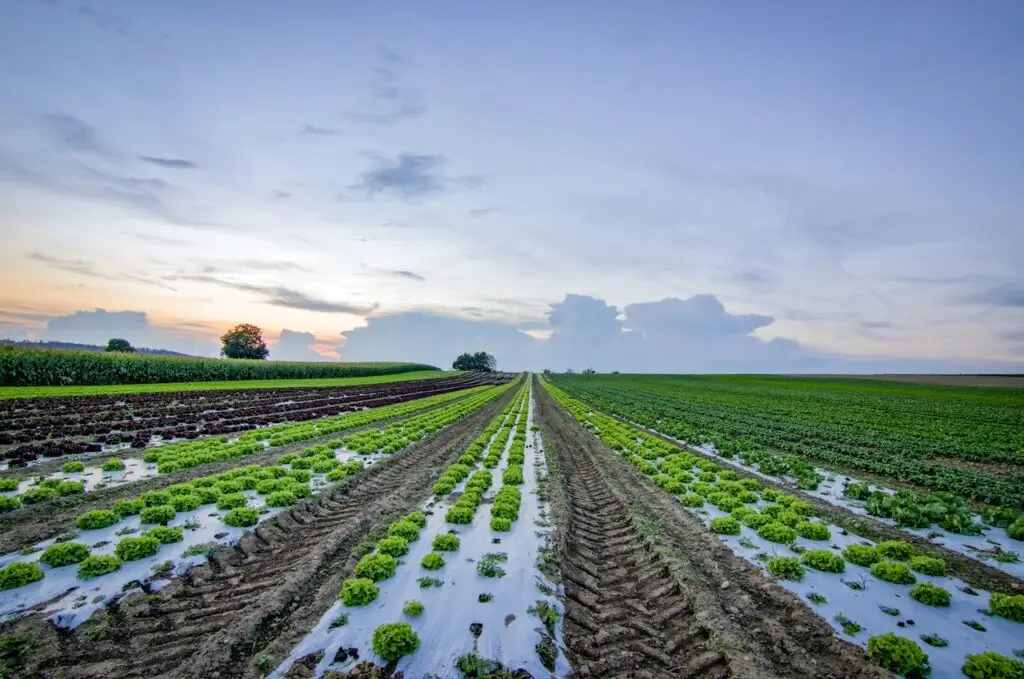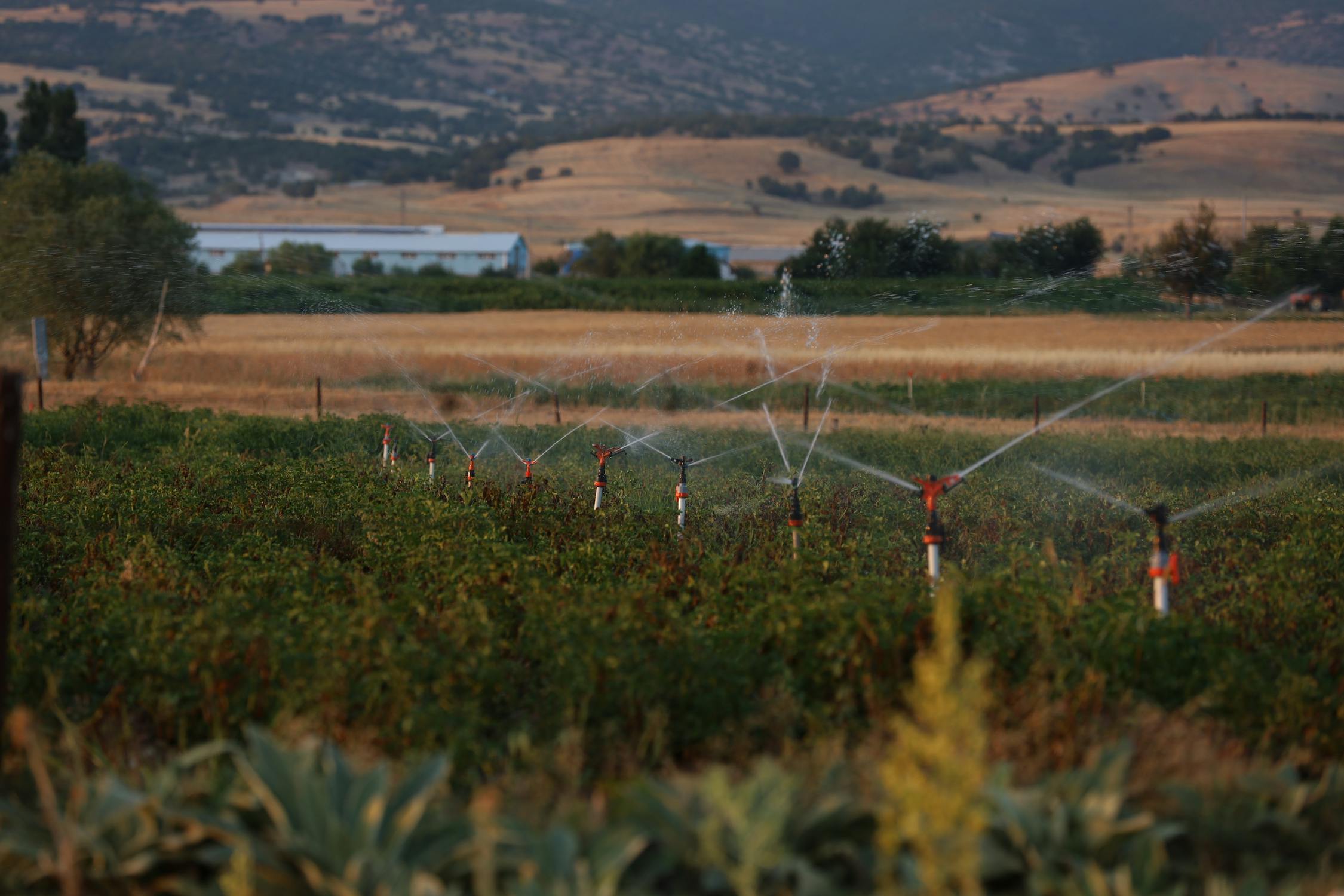AI in Agriculture: Imagine a farmer who can easily predict when is the right time to grow crops, detect crop disease early, how much water your crops need. Well earlier it was not possible. But thanks to Artificial Intelligence (AI), it’s possible. Let’s dive deeper into how AI in agriculture benefiting farmers with smart solutions.

What is AI in agriculture?
AI in agriculture is simply the use of artificial intelligence technology to ease farmers. Earlier, we used to follow old techniques for irrigation like plow the field, sow seeds, wait for rain, and grow the crop. Well, it was a time taking process, but it does not guarantee that the crop will grow successfully. Sometimes due to heavy rainfall or no rainfall the crop was destroyed resulting in heavy loss for the farmers. Here, with the implementation of AI, it opened a wide range of options that were beneficial.
Key Benefits of Ai in Agriculture for Farmers:

1. Improved Crop Monitoring
With the help of satellite images and modern sensors, farmers can now get a clear, real-time view of their crops. These tools scan the fields and check for early signs of disease — sometimes even before anything is visible to the naked eye. By spotting problems early, farmers can take quick action, protect their crops, and avoid major losses. This not only helps save time and money but also makes farming more efficient and less stressful.
2. Smart Irrigation & Water Management
Smart irrigation is like giving your crops sufficient amount of water they need — not too much, not too little. It uses simple tools like sensors and weather updates, along with the power of AI, to figure out when and how much to water. Unlike the old method of watering on a fixed schedule, smart irrigation adjusts itself based on real-time information like how wet the soil is, the weather, and the temperature. This means farmers can save water, cut down on electricity and labor costs, and avoid wasting resources. When crops get the right amount of water, they grow healthier, give better yields, and it helps farmers practice more eco-friendly farming in the long run.
3. Better Market Prediction
With AI-powered forecasting tools, farmers can make more informed decisions about which crops to grow based on weather patterns, soil conditions, and market demand. These forecasts analyze large amounts of data to suggest the most suitable crops for a particular region and season. As a result, farmers can avoid growing low-performing or high-risk crops, reduce unexpected losses, and increase their chances of a successful harvest. This smart planning not only boosts overall crop production but also helps farmers earn higher profits and manage their resources more efficiently.
4. Automated Machinery
Farmers have long relied on traditional machinery like tractors, harvesters, and spraying tools to make agricultural work faster and more efficient. However, with the integration of AI in agriculture, these machines have become even smarter and more capable. Modern equipment powered by artificial intelligence can now perform tasks such as autonomous plowing, targeted spraying, and real-time field monitoring with minimal human intervention. This not only saves valuable time but also reduces the need for manual labor, allowing farmers to focus on decision-making and crop planning. By combining age-old farming tools with cutting-edge AI technology, agriculture is becoming more productive, precise, and future-ready.
Challenges Faced while using AI in agriculture:

1. High Cost
Though implementing it is beneficial, it comes with a lot of challenges. It is costly. Most farmers cannot afford to go to the classic way of irrigation. Therefore, AI in agriculture is still in developing phase.
2. Need Training
AI is new for everyone, not all people know how to use AI. Out of 10 people, only 4 people know to use it properly. So, proper training is required to get people educated and learn them to implement it which takes time.
3. Internet access in rural areas
In the year 2025, access to the internet remains a challenge in rural areas, despite ongoing government efforts to improve connectivity. While some adaptation is possible, full efficiency in usage may require additional time for widespread implementation.
Conclusion
Let us summarize what we have learned till now. We learned what AI is in agriculture, how it is implemented, what are the key benefits and challenges faced. I believe, I would encourage farmers and agriculture entrepreneurs to explore AI and implement them in agriculture work. AI should be your partner, not your replacement. If you want to get updated to all the AI related topics, do subscribe me.